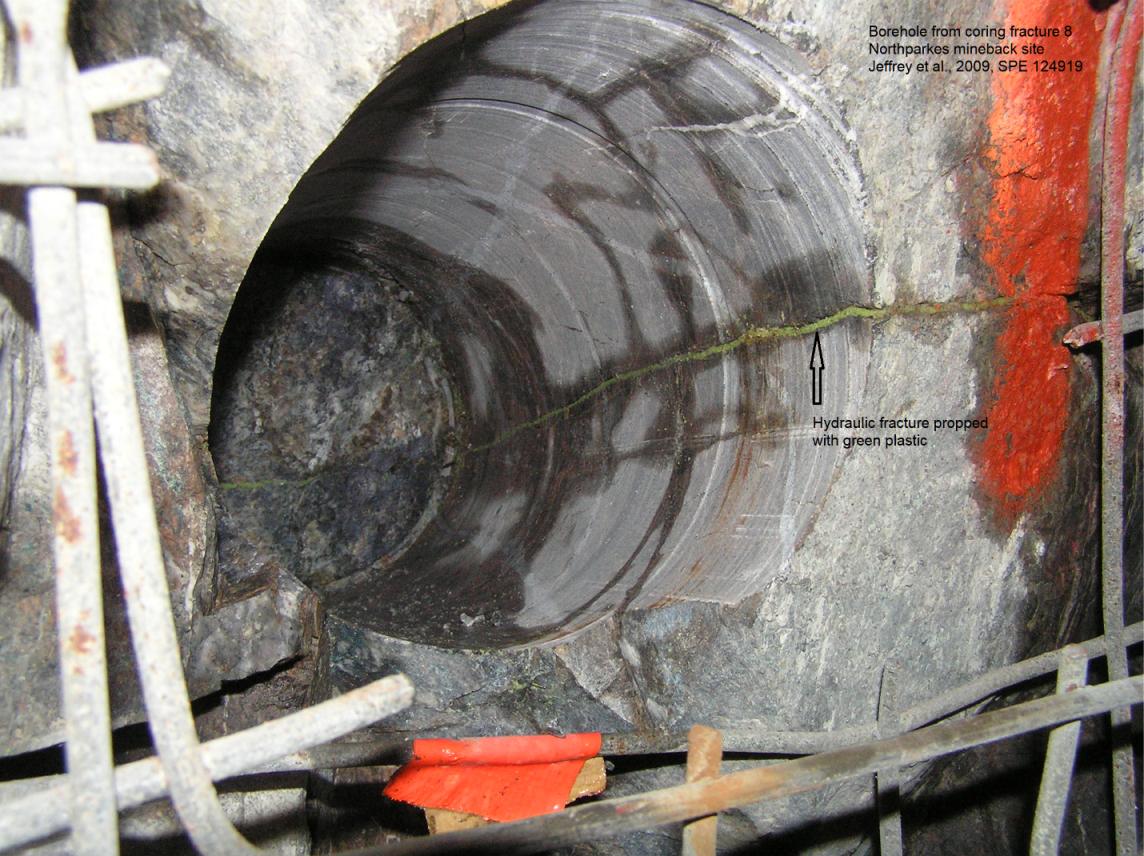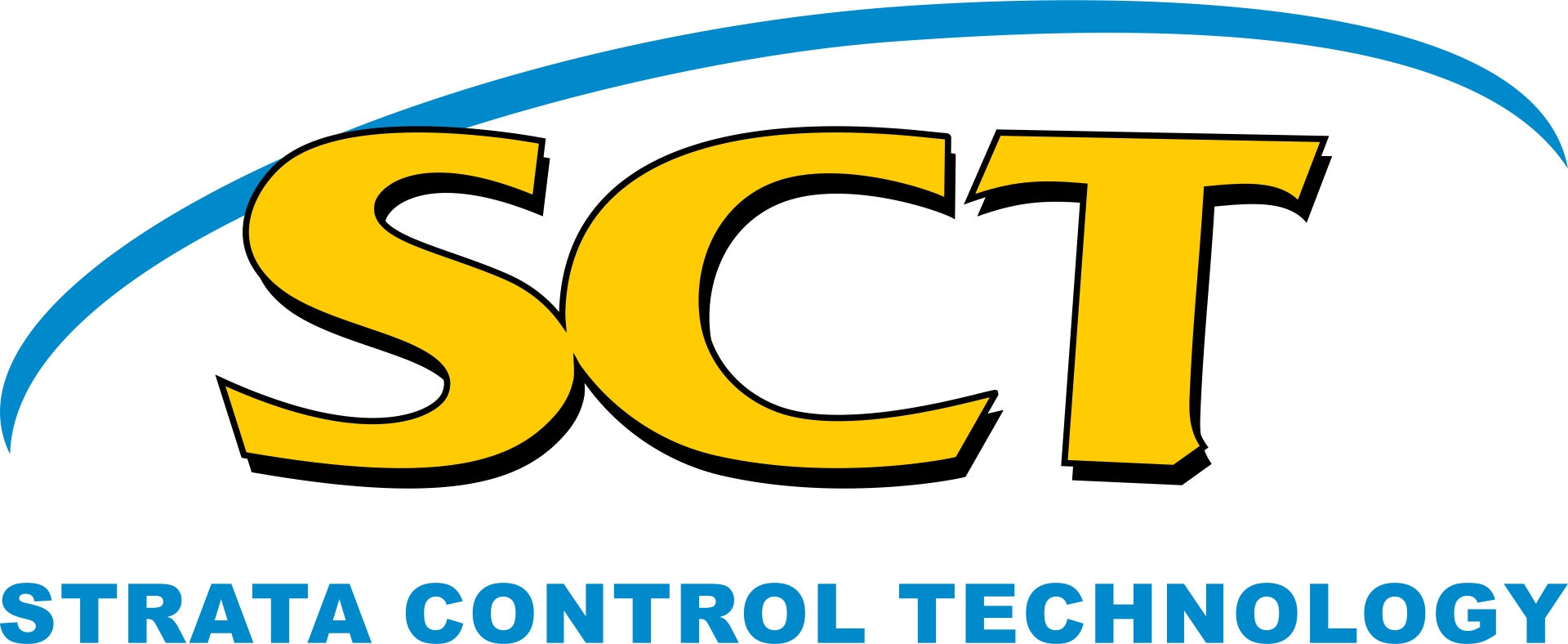SCT recognised early on that hydraulic fracturing is useful in placing large fractures into rock masses to change the caving characteristics of the rock strata. In 1999, SCT began developing methods of using hydraulic fracturing at Moonee Colliery that allowed the mine to control the timing and size of caving events that were previously producing significant wind blasts. Fracturing has since been used by several other longwall coal operations in NSW and Queensland. In addition, hydraulic fracturing is used by metalliferous mines to improve caving and reduce the risk of large seismic events.
Hydraulic fractures can be extended to 50 m or more in radius from a single borehole, allowing fracturing of a large volume of rock from a few boreholes. The in situ stress exerts a strong effect on hydraulic fracture growth. Stress change monitoring, along with 3D overcore stress measurement, play an important part in designing and monitoring hydraulic fractures. Monitoring the growth of hydraulic fracture by measuring temperature and pressure change in offset boreholes has also proven to be very useful in measuring fracture growth and interaction.
SCT can assist by providing design advice for application of hydraulic fracturing in metal and coal mines. We also can provide ongoing monitoring and quality assurance advice.

One hydraulic fracture, propped with green plastic particles, is shown in this photo. The 6-inch diameter core hole shows the fracture extending into the tunnel wall, crossing natural fractures. Details of this mineback experiment are contained in Jeffrey, R.G. et al. (2009) ‘Measuring hydraulic fracture growth in naturally fractured rock’, in. SPE Annual Technical Conference and Exhibition, New Orleans: SPE, p. 18.
For more information on cave preconditioning and inducement using hydraulic fracturing, please contact Dr Ken Mills or Rob Jeffrey.
Contact Us